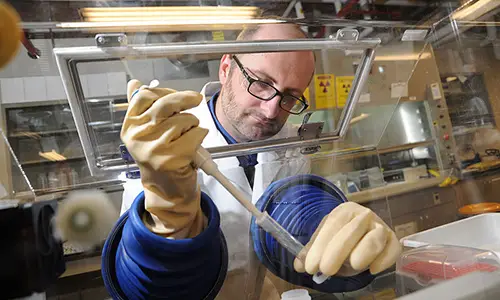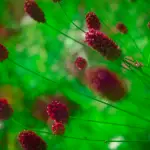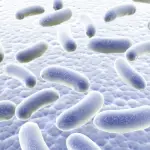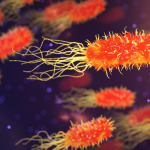An artist’s fantasy, would be to throw in various colors and watch in astonishment as they so magically blend to produce a color that is completely different, even if just a shade, from another color.
The sight and aroma of amalgamation of different flavors that are left to cook in a dish over a flame, would send any chef into a trance and the joy he gets when he tastes his final product of spices is just indescribable!
Both examples mentioned above, are that of mixtures. This word of course, is a very commonly heard one.
What could possibly be its connection with chemistry though? Well, read on to find out.
1. What is a mixture?
Mixtures may be scientifically defined as chemical substances that are only simply mixed together rather than being chemically combined.
The entities combined may be solids, liquids or gases resulting in a combination of different physical states.
2. Types of mixtures.
Depending on the combination of substances, mixtures may be tabulated as two different types: Homogenous and Heterogeneous mixtures.
Homogenous mixtures: Consists of components that are uniformly combined and distributed. Further, all parts of the mixture show the same properties.
Heterogeneous mixtures: Consists of components irregularly distributed and not uniformly combined. Further, different properties can be observed at different parts of the mixture.
3. Classification of mixtures.
Mixtures may be classified into 4 divisions: Suspensions, Colloids, Emulsions, and Alloys
Suspensions: Suspensions are defined as mixtures where in, one chemical substance is dispersed in the other and can be observed as standing particles when left undisturbed.
Colloids: Colloids are defined as heterogeneous systems in which one substance is dispersed as very fine particles in the other substance called the dispersion medium.
Emulsions: Emulsions are defined as colloidal systems whose dispersed phase and dispersion medium are both in the liquid state.
Alloys: Alloys may be defined as homogeneous mixtures of metal elements whose proportions of combination are often fixed.
4. Are solutions also mixtures?
Yes, solutions are also mixtures. They may be defined as homogeneous mixtures consisting of two or more entities in a single phase.
5. Different types of solutions.
The surface classification of solutions include: Binary Solutions, Secondary solutions etc.
Binary solutions may further be divided into different types based on the physical phase of the solvent as: Gaseous solutions, Liquid solutions, Solid solutions.
Gaseous solution: Solutions in which solvent is in gaseous phase.
Liquid solutions: Solution in which solvent is in liquid phase.
Solid solutions: Solution in which solvent is in solid phase.
6. Properties of mixtures.
The properties of the substances in a mixture are retained even on combination.
Properties of heterogeneous and homogeneous mixtures are different. As mentioned earlier, properties of homogeneous mixtures remain uniform at all parts while heterogeneous mixtures do not do so.
7. Can components of a mixture be separated?
Yes, components of mixtures can be separated. Depending on the type of mixture, different methods may be used.
8. What are the methods of separation of mixtures?
Separation may be carried out by any one of the following methods: Chromatography, Filtration, Evaporation and Simple Distillation.
Chromatography: Separation technique by which absorption and distances travelled by substances in mobile phase differ from each other.
Filtration: Separation technique by which insoluble components are separated by allowing the mixture to pass through a separating membrane with fine holes.
Evaporation: Separation technique by which liquid substances are allowed to evaporate leaving behind the substance dissolved in them.
Simple Distillation: Separation technique by which liquids are separated based on their difference in boiling points.
9. Is air a mixture?
Air consists of different gases like Oxygen, Carbon Dioxide, Nitrogen and small droplets of water vapor. It is thus considered a mixture.
10. What are some examples of mixtures?
Examples of mixtures include: Sand in water, Air, Paint.











Leave a Reply